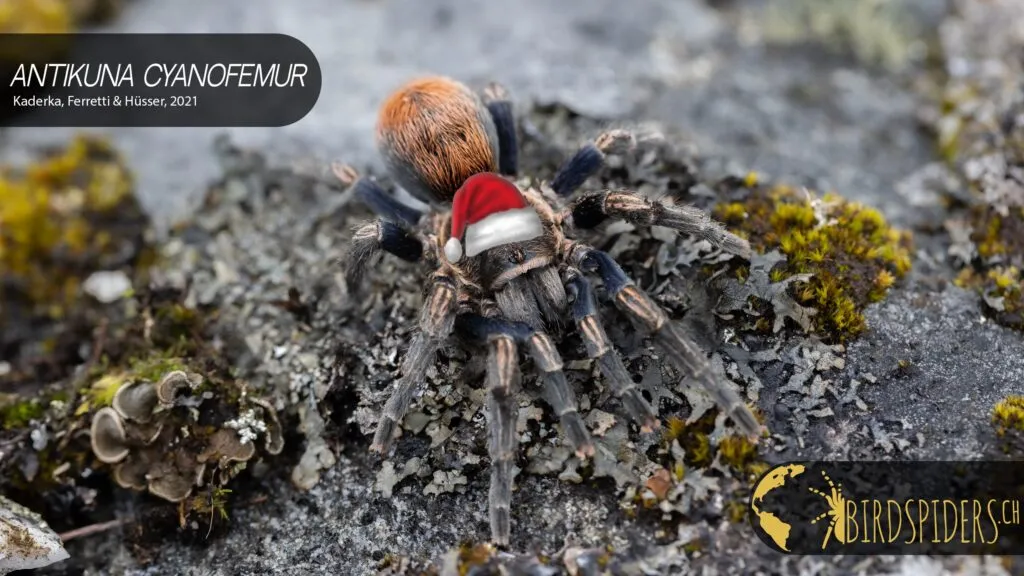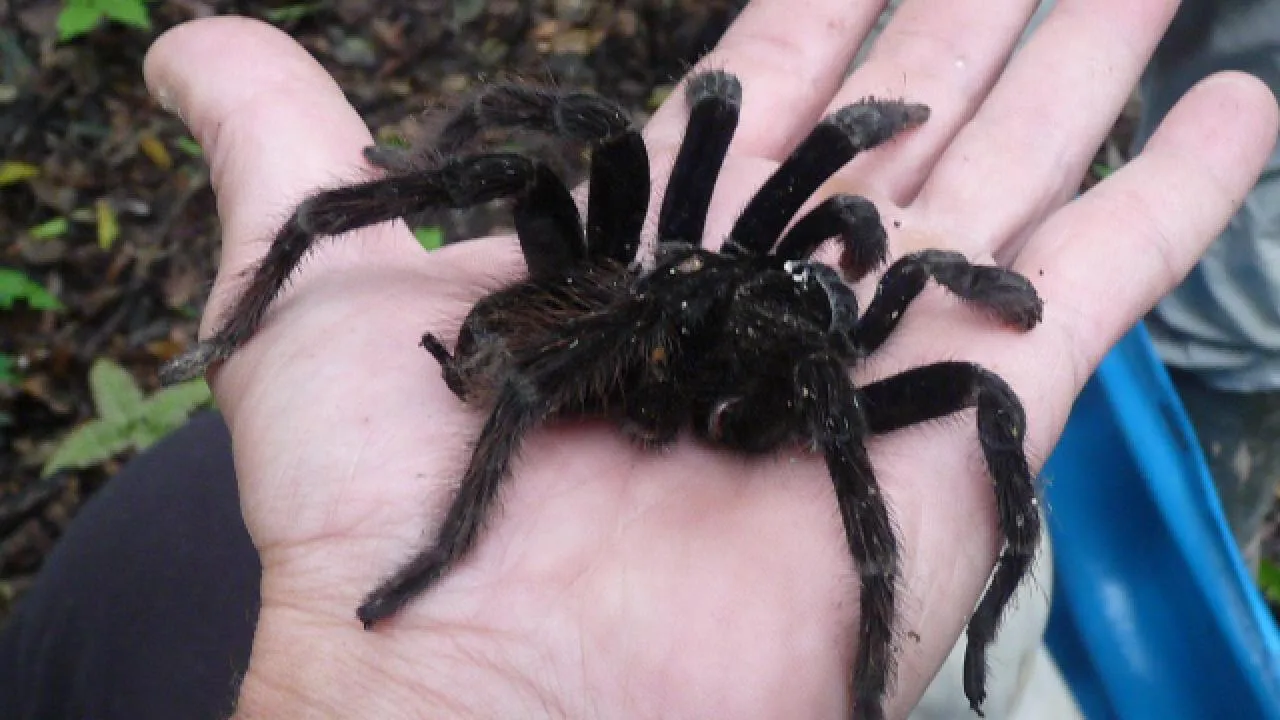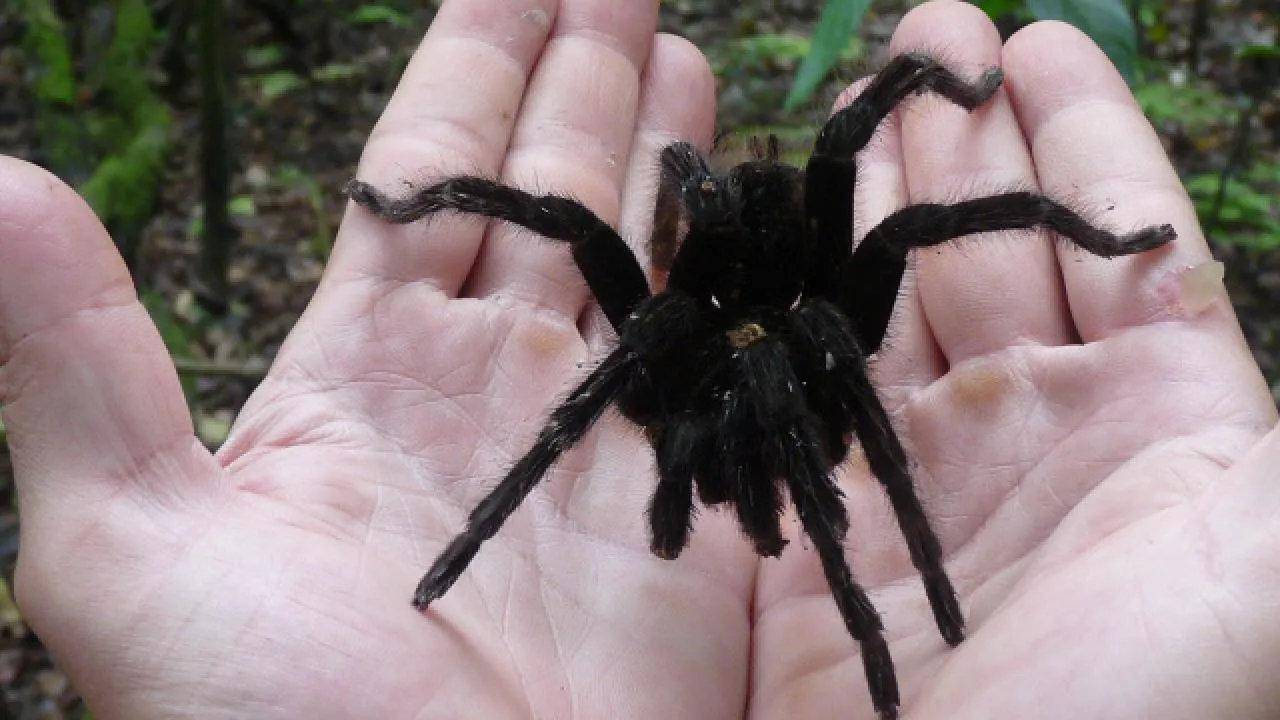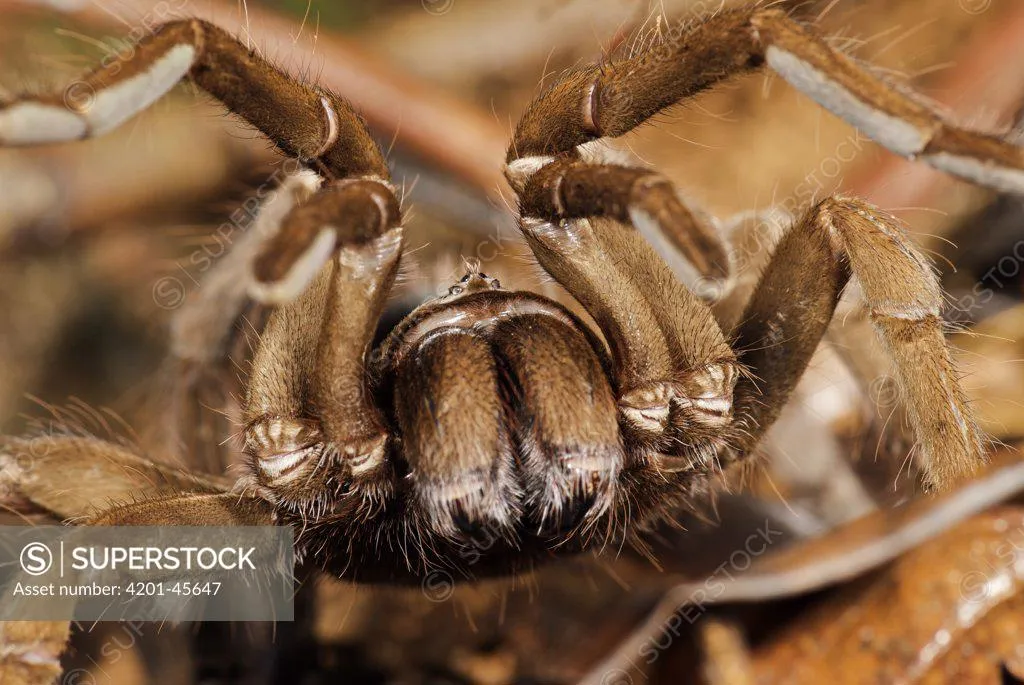What are Theraphosidae Tarantulas
Theraphosidae tarantulas represent one of the largest and most diverse families of spiders in the world. These fascinating creatures, often feared but increasingly appreciated, captivate with their impressive size, unique behaviors, and the intricate lives they lead. Understanding the essence of Theraphosidae tarantulas is the first step toward appreciating these arachnids and their place in the ecosystem. Their popularity in the pet trade has surged in recent years, contributing to a growing interest in their biology, care, and conservation. This article unveils five key facts about Theraphosidae tarantulas, offering a glimpse into their world.
Defining Tarantulas
Tarantulas are large, hairy spiders belonging to the Theraphosidae family. They are characterized by their robust bodies, long legs, and the presence of fangs used to inject venom into their prey. Unlike many other spiders, tarantulas are generally not considered to be highly venomous to humans, although their bites can be painful. They are nocturnal hunters, primarily preying on insects, but larger species can also consume small vertebrates. Their physical adaptations, such as urticating hairs (which they can flick off to irritate predators) and impressive size, distinguish them as unique arachnids.
The Theraphosidae Family

The Theraphosidae family is vast, encompassing hundreds of species found across the globe. They inhabit a wide range of environments, from tropical rainforests to arid deserts. Each species exhibits variations in size, color, and behavior, reflecting their adaptation to specific habitats. The Theraphosidae family is divided into subfamilies, genera, and species, each with distinct characteristics. The family’s diversity is a testament to the evolutionary success of these spiders, which have thrived in various ecological niches worldwide. Studying this family offers insights into spider evolution and adaptation.
Fact 1 Habitat and Origin
Theraphosidae tarantulas are native to various regions across the globe, with their presence on nearly every continent except Antarctica. The Americas, Africa, Asia, and Australia are all home to a rich diversity of tarantula species. Their habitat preferences are diverse, ranging from tropical rainforests to arid deserts and grasslands. They are terrestrial, arboreal (living in trees), or fossorial (burrowing) spiders, with habitat choice largely dependent on the species’ specific adaptations and needs. These spiders play a role in their ecosystems, helping to control insect populations. Understanding their habitat is key to conservation and their successful keeping as pets.
Where do they live
Tarantulas have adapted to a wide range of habitats. Many species are found in tropical and subtropical regions, where warm temperatures and high humidity are ideal. Others have adapted to more arid climates, such as deserts, by burrowing deep underground to regulate their body temperature and conserve moisture. Some tarantulas live in grasslands, utilizing burrows or natural shelters like rocks and logs. Understanding the varied locations where these spiders live highlights their resilience and adaptability. These spiders’ habitats are an important element to consider when attempting to ensure their survival.
Types of Habitats

The diversity of tarantula habitats reflects their evolutionary success. Terrestrial tarantulas live on the ground, often utilizing burrows or natural shelters. Arboreal tarantulas, adapted to life in trees, have evolved specialized claws and leg structures to navigate branches and leaves. Fossorial tarantulas spend most of their lives underground, constructing elaborate burrows for shelter, hunting, and molting. Some species exhibit a semi-arboreal lifestyle, spending time on the ground and in low vegetation. Each habitat type presents unique challenges and opportunities for the tarantulas that live there.
Fact 2 Size and Appearance
Theraphosidae tarantulas are known for their impressive size, making them some of the largest spiders in the world. The size varies among different species, with some reaching leg spans of over 12 inches. Their appearance is as diverse as their habitat, with variations in body shape, leg length, and the presence of urticating hairs. The body is divided into two main parts the cephalothorax and the abdomen. They have eight legs, two pedipalps (used for sensory purposes and manipulating food), and chelicerae (fangs) that inject venom. Their appearance is a testament to evolution, with adaptations suited to their environment and lifestyle.
Size Variations
The size of Theraphosidae tarantulas varies greatly depending on the species. Some of the smallest tarantulas have leg spans of only a few inches, while others can grow to be over a foot across. Larger species, like the Goliath Birdeater, are among the largest spiders globally, weighing several ounces. Size is influenced by factors like genetics, diet, and environmental conditions. Understanding size variations is important for pet owners to provide appropriate housing and care. Size is also a significant aspect of their ecological role, with larger tarantulas able to prey on larger animals.
Color Variations

Tarantulas exhibit a remarkable array of colors and patterns. Colors range from earthy browns and blacks to vibrant blues, oranges, and greens. Some species feature complex patterns, such as stripes, spots, or contrasting bands. Coloration is often related to camouflage, helping the tarantulas blend in with their surroundings and avoid predators. In some cases, colors can also be used for display, particularly during mating. The wide variety of colors and patterns adds to the appeal of tarantulas and contributes to their popularity among enthusiasts.
Fact 3 Venom and Bites
Contrary to popular belief, the venom of most Theraphosidae tarantulas is not highly dangerous to humans. Their bites are typically comparable to a bee sting in terms of pain, although the experience can vary based on the individual’s sensitivity and the species of tarantula. The venom is primarily used to subdue prey, not to attack humans. Tarantulas possess fangs (chelicerae) that they use to inject venom. The size of these fangs varies depending on the species, but their bite rarely poses a severe health risk to humans. Precautions are essential, and avoiding unnecessary handling is the best way to prevent bites.
The Venom
Tarantula venom contains a complex mixture of toxins designed to immobilize or kill prey. The venom primarily affects the nervous system, causing paralysis. For humans, the effects are usually localized, with symptoms like pain, swelling, and redness at the bite site. In rare cases, more severe reactions may occur in individuals allergic to the venom. The composition of the venom varies among tarantula species, impacting its potency and the specific effects it causes. Ongoing research continues to study the properties of tarantula venom, potentially leading to medical applications.
Dealing with Bites

If bitten by a Theraphosidae tarantula, it’s essential to remain calm. Clean the bite area with soap and water to prevent infection. Apply a cold compress to reduce swelling and pain. Antihistamines may help to manage any allergic reactions. Monitor the bite site for any signs of infection, such as increased redness, swelling, or pus. In most cases, the symptoms will subside within a few hours or days. Seeking medical attention is recommended if symptoms are severe, or if you experience difficulty breathing, dizziness, or other systemic symptoms. Prevention is key handling tarantulas with care and caution to avoid bites.
Fact 4 Lifespan and Molting
Theraphosidae tarantulas have a remarkable lifespan compared to many other spider species. Females often live for 10 to 30 years, while males typically have shorter lifespans, ranging from a few years to around 10 years. The lifespan is influenced by species, environmental factors, and overall care. The molting process is an essential part of their growth and development. Tarantulas shed their exoskeleton (outer shell) periodically, revealing a new, larger one beneath. This process allows them to grow and replace lost limbs or damaged body parts. The frequency of molting decreases as they age, from several times a year in juveniles to once a year or less in adults.
Lifespan
The lifespan of a tarantula varies significantly depending on the species and sex. Female tarantulas tend to live much longer than males. Factors such as diet, temperature, humidity, and overall health play a role in determining a tarantula’s lifespan. In captivity, proper care, including appropriate housing and nutrition, can increase lifespan. Conversely, stress and poor living conditions can shorten it. The longevity of tarantulas makes them appealing pets, allowing owners to enjoy their companionship for many years.
The Molting Process

Molting is a crucial aspect of a tarantula’s growth and maintenance. During molting, the tarantula sheds its exoskeleton, revealing a new, larger shell. This process allows the spider to grow and also to regenerate lost limbs or repair damage. Before molting, the tarantula typically becomes less active, often refusing food. The molting process can be stressful, making the tarantula vulnerable. Proper humidity and a safe environment are essential to ensure a successful molt. The frequency of molting decreases as the tarantula matures, becoming less frequent in adulthood.
Fact 5 Popular Species
Numerous species of Theraphosidae tarantulas are popular among pet enthusiasts, each with unique characteristics. These spiders are chosen for their beautiful colors, intriguing behavior, and relatively easy care requirements. Some of the more common and well-liked species include the Chilean Rose Hair tarantula (Grammostola rosea), known for its docile temperament; the Mexican Red Knee tarantula (Brachypelma hamorii), famous for its striking red and black markings; and the Gooty Sapphire Ornamental (Poecilotheria metallica), notable for its stunning blue coloration. The popularity of these tarantulas contributes to the ongoing exploration of the Theraphosidae family.
Common Species
Several tarantula species have become favorites in the pet trade due to their ease of care, docile temperament, and captivating appearance. The Chilean Rose Hair tarantula (Grammostola rosea) is one of the most popular choices for beginners, known for its calm nature. The Mexican Red Knee tarantula (Brachypelma hamorii) is famed for its striking red and black markings. The Curly Hair tarantula (Tliltocatl albopilosus) is appreciated for its gentle behavior and unique, fuzzy appearance. These species are widely available, making them accessible to many aspiring tarantula keepers.
Rare Species

While many tarantula species are common in the pet trade, others are rare and highly sought after by experienced keepers. The Gooty Sapphire Ornamental (Poecilotheria metallica), with its brilliant blue coloration, is a prized species. The Cobalt Blue tarantula (Cyaneopubescens) is known for its intense metallic blue hue. Breeding and acquiring these species can be more challenging, adding to their allure. Owning rare tarantulas requires a higher level of expertise and knowledge about their specific care requirements, as well as an understanding of their native environments.
